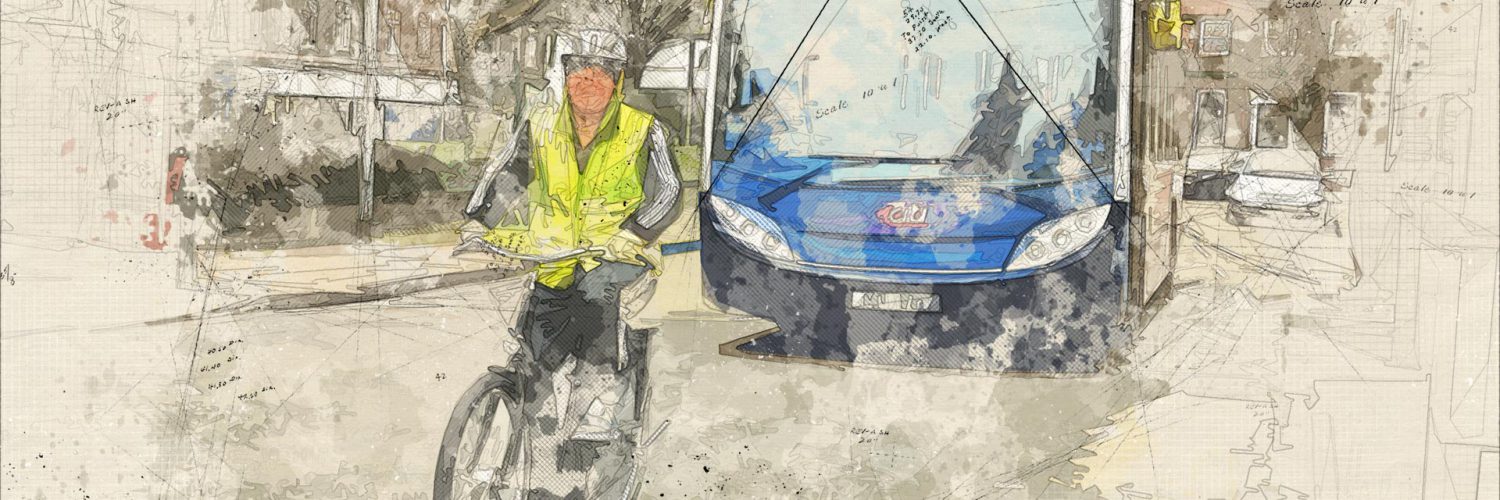Transport planning is like economics: many competing theories, a tendency to examine measurable things (like traffic) and ignore the actors (people), and limited success in making accurate predictions. Traditionally, it’s a branch of engineering, when it should be a social science, analysing the complex decisions people make about how, when and where to travel.
For decades transport followed a ‘predict-and-provide’ model for building and widening roads. Only in 1994 – with the publication of a SACTRA (Standing Advisory Committee for Trunk Road Assessment) report, Trunk Roads and the Generation of Traffic – did the UK government begin to recognise the futility of this. Had it not, the M25 might now be a 16-lane highway – and still congested (à la Los Angeles or Atlanta); or we might have another ring road further out (Beijing has just completed its seventh!)
Maybe more surprisingly, just as traffic materialises to fill new roads, so traffic ‘evaporates’ when space is reduced or access limited. Tenison Rd in Cambridge was closed for most of last year: it’s a heavily-used route to and from the railway station. Contrary to most people’s expectations, only some of that traffic was displaced onto nearby roads. How people adapted we don’t really know, but they did.
The downsides of change are often less bad than people expect, and the upsides greater. This argues for ‘suck-it-and-see’ experimentation. Changes designed using inadequate theories and imposed permanently will inevitably be unpopular and may well turn out to be misguided.
Janette Sadik-Khan pioneered playful experimentation with New York’s Times Square, creating a large pedestrian area (initially set out with colourful deck chairs) where before there was nose-to-tail traffic. People loved it – and still do.
There’s now a name for this: tactical urbanism (‘tactical’ in the business sense of ‘quick and dirty’ – in contrast to ‘strategic’); and there’s a guide book, with the motto, Short-term action ▶ Long-term change. It shows how, using a range of low-cost materials and low-labour techniques, it’s possible to create protected bike lanes and junctions, insert pedestrian crossings, add greenery, move bus stops, block off roads, and remove parking.
As an alternative to endless consultations on ‘high level concepts’ and engineering drawings, tactical urbanism is hugely more effective in engaging people, and in finding solutions that work.
This article was first published in the Cambridge Independent on 11 January 2017.



Add comment